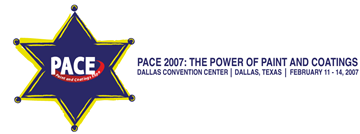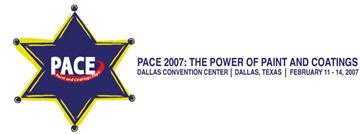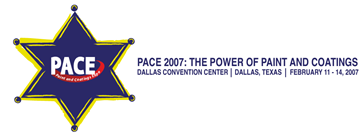Search
The West Virginia State Capitol Dome: Lessons Learned from a Failing Finish
Also Purchased
They Want You - 4 Steps to Marketing & Communication Success
Product Number:
41207-323-SG
Publication Date:
2007
$20.00
Time Management – Taking Back Control of your Life
Product Number:
41207-327-SG
Publication Date:
2007
$20.00




